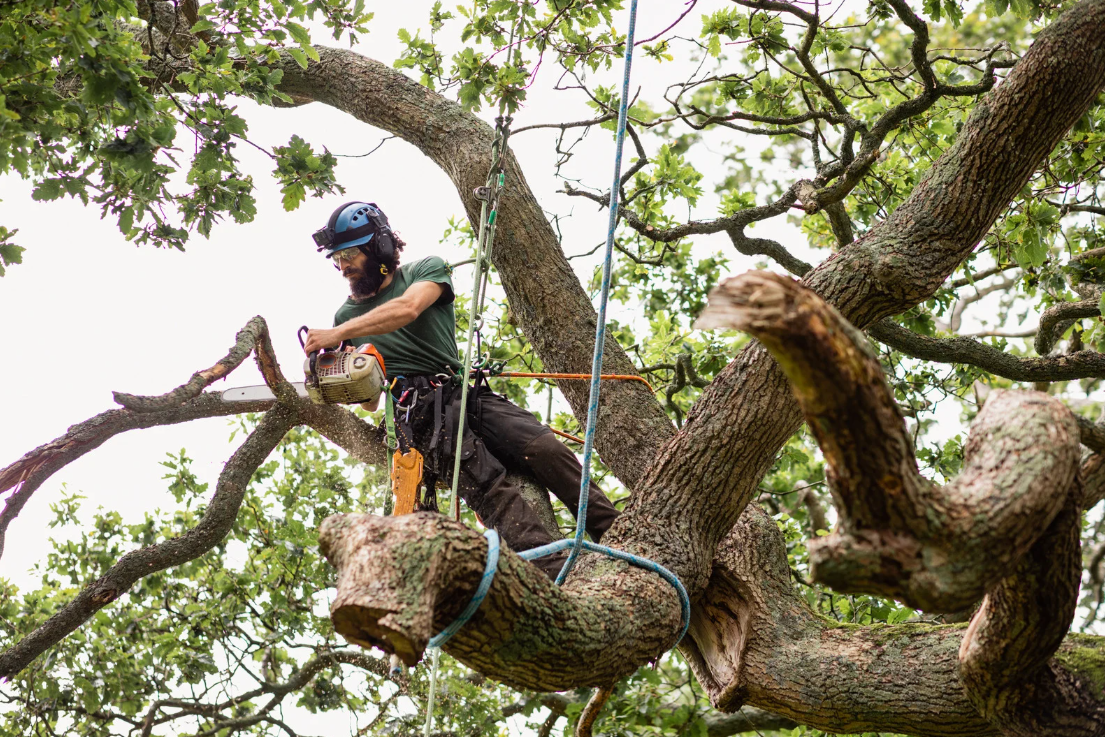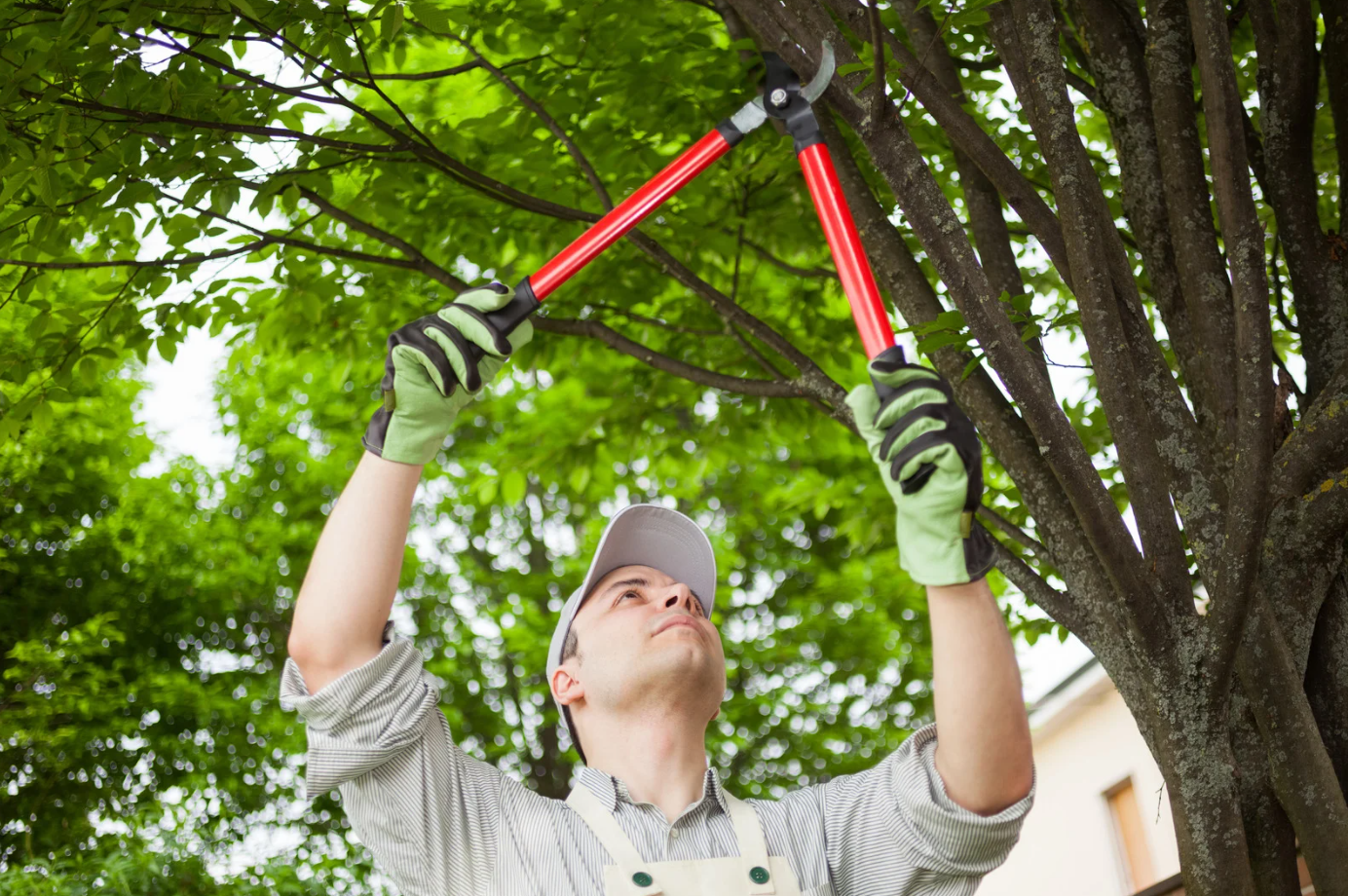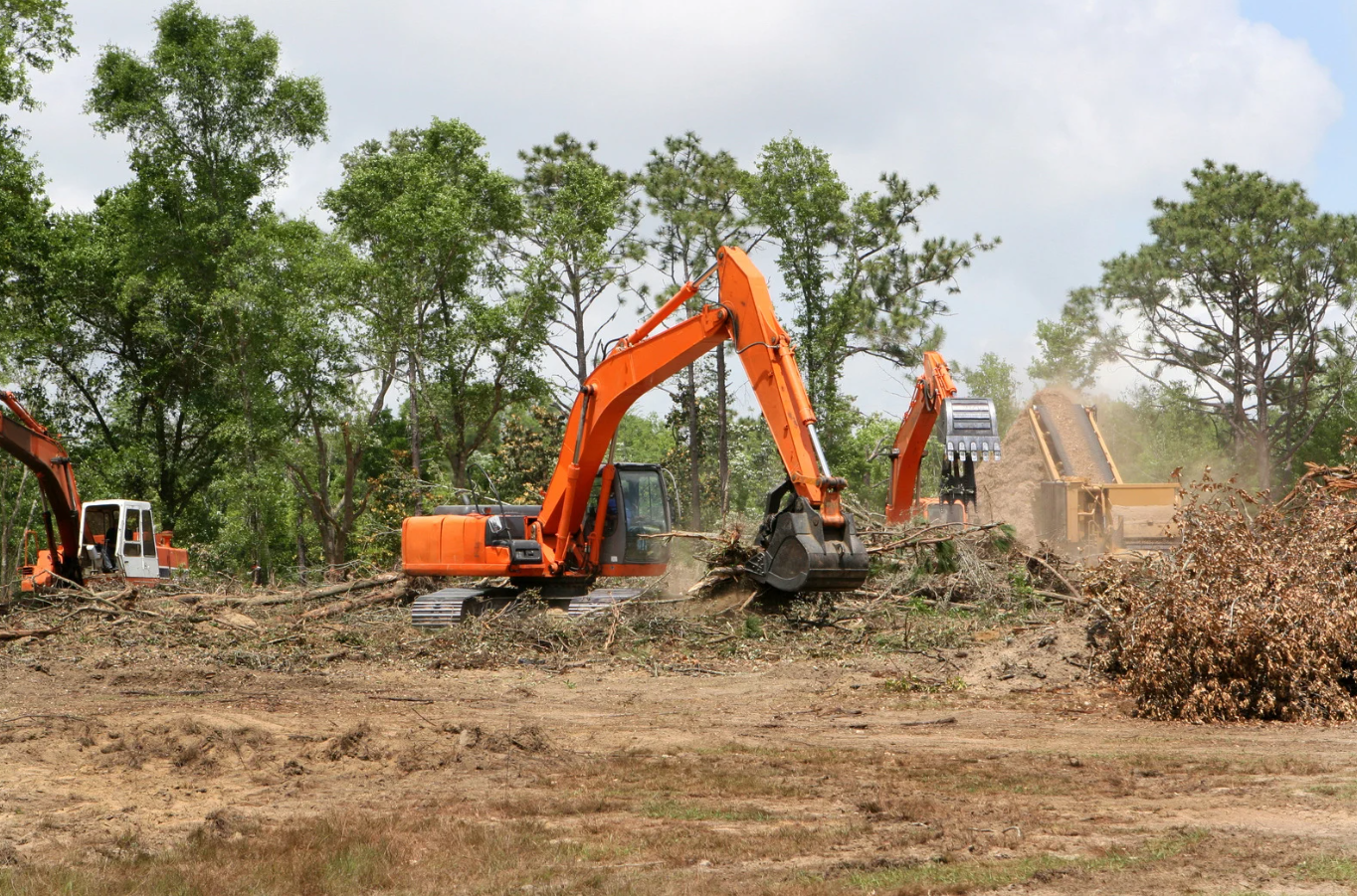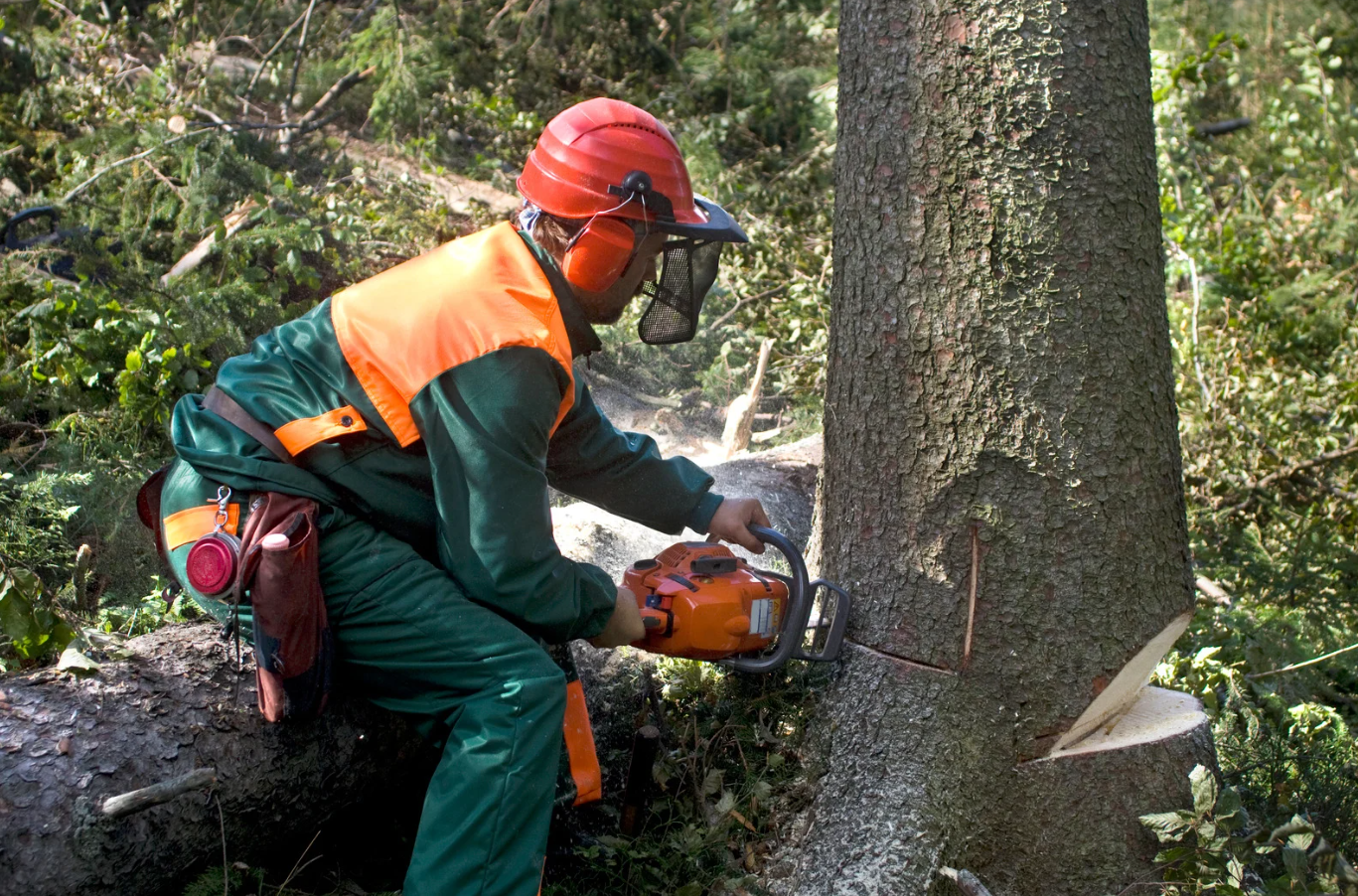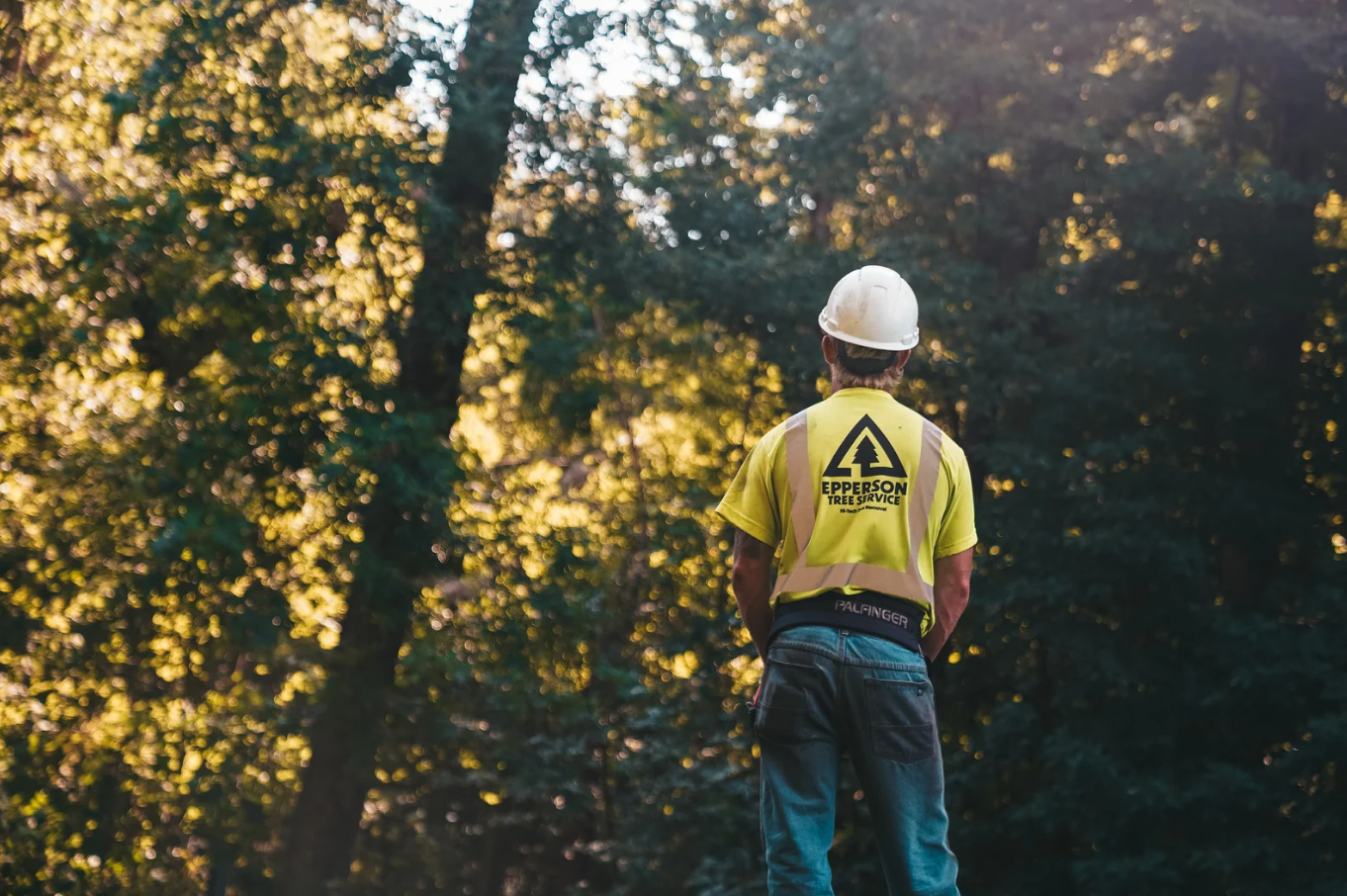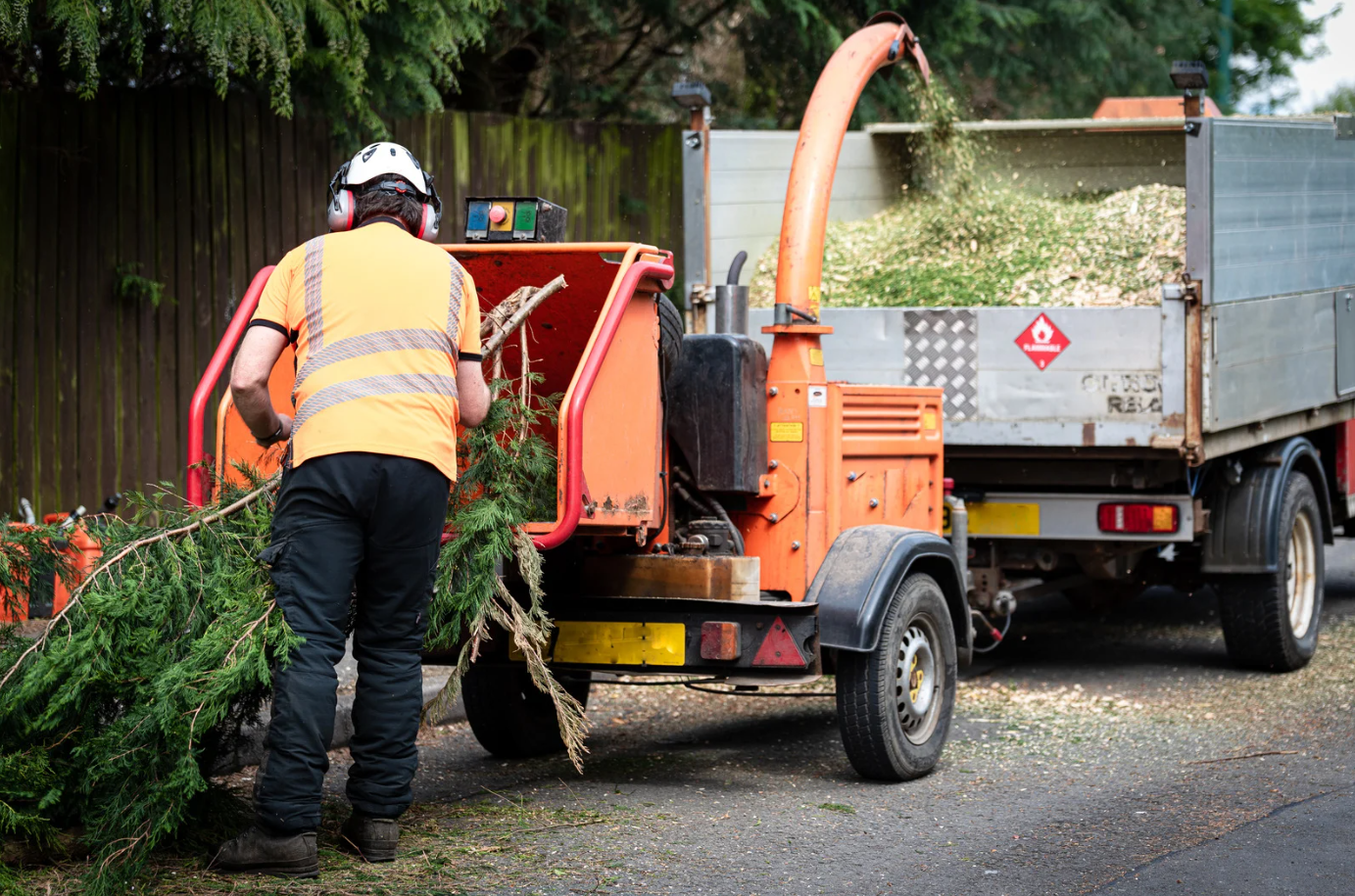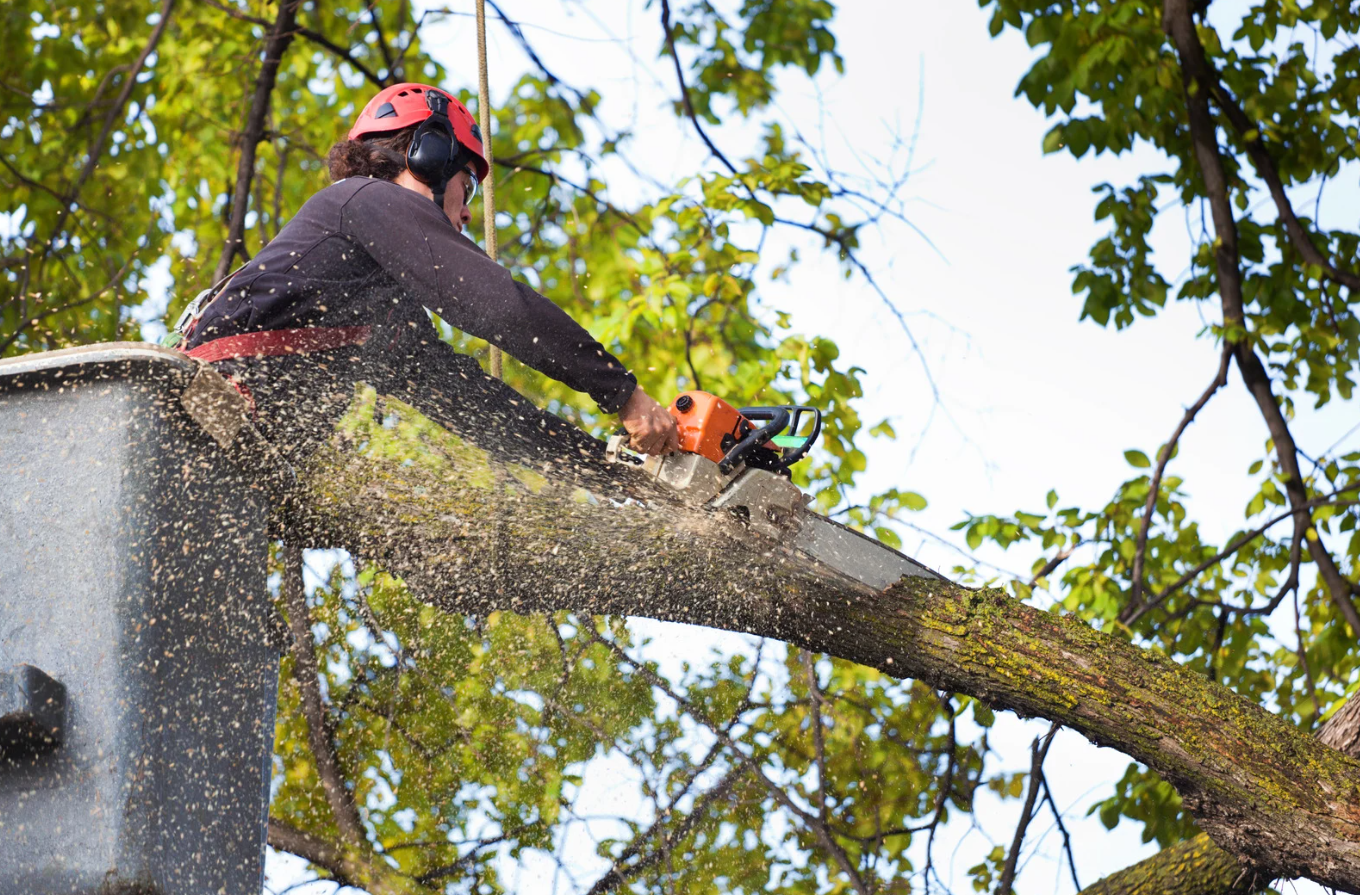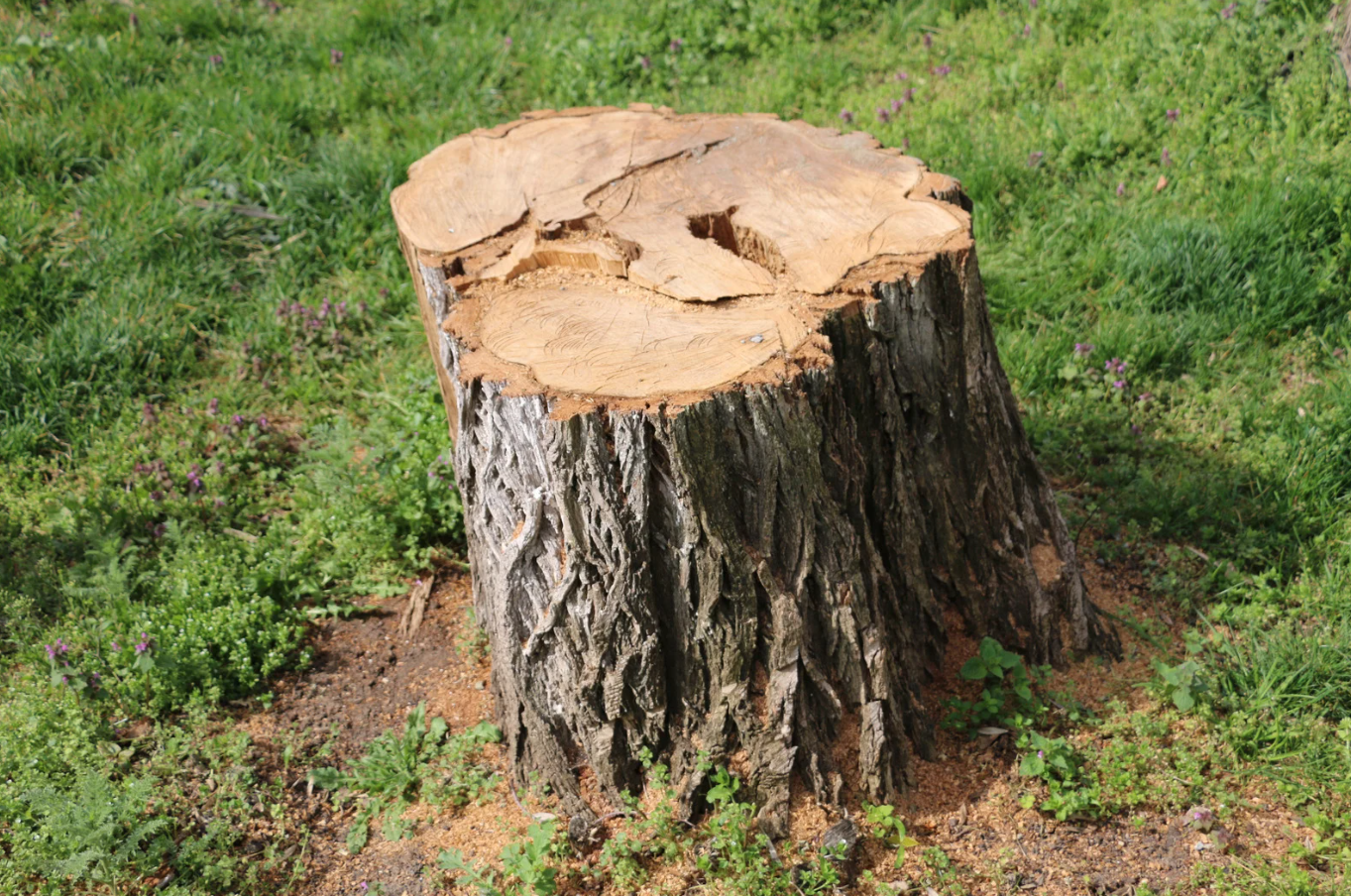Managing Evergreen and Ornamental Trees
Rohnert Park Tree Services - Specialized Evergreen and Ornamental Tree Care
Professional Cedar, Arborvitae, and Specialty Tree Care in Rohnert Park
Rohnert Park's Mediterranean climate, characterized by warm, dry summers and mild, wet winters, creates exceptional growing conditions for a diverse array of evergreen and ornamental tree species throughout Sonoma County. This inland location provides distinct advantages over coastal regions, including more consistent temperatures, reduced fog interference, and better heat accumulation that many specialty tree species require for optimal development and health. The area's unique position in the heart of wine country creates microclimates that support both drought-tolerant Mediterranean natives and carefully selected ornamental species that have adapted to the region's distinctive environmental conditions.
The city's landscape architecture reflects this climatic diversity, featuring established neighborhoods with mature specimen trees, newer developments incorporating water-wise landscaping principles, and commercial areas that showcase the region's horticultural possibilities. Professional tree care services must understand the complex interplay between species selection, environmental conditions, and maintenance requirements to provide effective care programs that maximize tree health while supporting the community's aesthetic and environmental goals.
Rohnert Park's soils, predominantly clay-based with varying drainage characteristics, create specific challenges and opportunities for tree establishment and long-term health. The Mediterranean climate pattern of wet winters followed by extended dry periods requires sophisticated irrigation management and species-appropriate care approaches that work with natural cycles rather than against them.
Expert Cedar Tree Care Services
Cedar tree care in Rohnert Park addresses the sophisticated requirements of numerous cedar species and cedar-like conifers that have found remarkable success in Sonoma County's Mediterranean environment. The region supports an impressive diversity of cedar species, including true cedars such as Deodar cedar (Cedrus deodara), Atlas cedar (Cedrus atlantica), and Lebanon cedar (Cedrus libani), alongside commonly called "cedars" including incense cedar (Calocedrus decurrens), Eastern red cedar (Juniperus virginiana), and various other juniper species that provide similar landscape functions.
Cedar tree care begins with precise species identification and understanding of individual growth characteristics, as each species presents unique requirements for optimal health and appearance. Deodar cedars, particularly popular in Rohnert Park for their graceful weeping branches and distinctive blue-green foliage, require different management approaches than the more formal, upright Atlas cedars or the native incense cedars that naturally occur throughout California's Sierra Nevada regions.
Professional cedar tree care programs focus extensively on integrated pest management strategies addressing the numerous arthropod pests that can significantly impact cedar health, appearance, and longevity. Spider mites represent one of the most persistent and damaging challenges in cedar tree care , particularly during Rohnert Park's hot, dry summer months when low humidity levels and elevated temperatures create optimal conditions for explosive mite population growth.
These microscopic arachnids feed by piercing individual needle surfaces and extracting cellular contents, causing characteristic stippling, yellowing, and eventual needle drop that can severely compromise tree health and aesthetic value. Cedar tree care programs include sophisticated monitoring protocols utilizing techniques such as the white paper test, where branches are tapped over white paper to detect mite presence before visible damage becomes apparent.
Treatment strategies in cedar tree care combine cultural management practices that enhance tree vigor and natural resistance with targeted miticide applications when pest populations exceed economic thresholds. Professional services emphasize preservation of beneficial predatory mites and other natural enemies that provide long-term biological control of pest mite populations.
Scale insects present another significant challenge requiring specialized attention in cedar tree care programs. Various scale species, including armored scales and soft scales, can establish extensive populations on cedar foliage and branch surfaces, weakening trees through continuous sap extraction while producing sticky honeydew that promotes unsightly sooty mold development and attracts additional pest problems.
Cedar tree care includes comprehensive scale monitoring and management programs utilizing horticultural oils, systemic insecticides, and biological control agents that effectively suppress scale populations while minimizing impacts on beneficial insects and environmental quality. Treatment timing must coordinate with scale life cycles for maximum effectiveness while considering environmental conditions and tree stress levels.
Structural maintenance represents another crucial component of professional cedar tree care , though these evergreen species require significantly different approaches compared to deciduous trees. Cedars naturally develop strong, well-balanced branch structures that require minimal intervention when properly established and maintained. Cedar tree care focuses on selective removal of dead, damaged, diseased, or structurally compromised branches while carefully preserving the tree's characteristic growth form and natural density.
Nutritional management in cedar tree care addresses the specific requirements of evergreen species, which differ substantially from deciduous trees in their nutrient uptake patterns, timing, and utilization. Cedars benefit from slow-release fertilizer formulations applied during active growth periods, with particular attention to micronutrient requirements including iron, manganese, and zinc that directly affect foliage color, density, and overall tree vigor.
Cedar tree care also encompasses sophisticated irrigation management that balances these trees' need for consistent soil moisture with their susceptibility to root rot diseases in waterlogged conditions. Rohnert Park's clay soils can create drainage challenges requiring careful irrigation scheduling, possible soil amendments, and drainage improvements to maintain optimal root zone conditions throughout the year.
Specialized Arborvitae Trimming and Care
Arborvitae trimming requires comprehensive understanding of this popular evergreen's distinctive growth characteristics, physiological limitations, and response patterns to various pruning interventions. Arborvitae species, including American arborvitae (Thuja occidentalis), giant arborvitae (Thuja plicata), and numerous cultivated varieties, exhibit dense, scale-like foliage arranged in flattened sprays and distinctive pyramidal or columnar growth forms that respond uniquely to trimming practices.
Arborvitae trimming must account for this genus's fundamental inability to regenerate new growth from older, interior wood that lacks active growing points. This physiological limitation makes proper technique, timing, and restraint absolutely critical for maintaining tree health, appearance, and longevity. Unlike some evergreen species that can tolerate severe pruning and regenerate from old wood, arborvitae requires conservative arborvitae trimming approaches that work harmoniously with the tree's natural growth patterns and limitations.
Professional arborvitae trimming focuses on light shaping, size control, and maintenance of desired architectural form while carefully preserving the tree's natural foliage density and characteristic branching structure. The timing of arborvitae trimming significantly influences tree response and recovery, with late spring trimming generally preferred as it allows new growth to emerge and cover cut surfaces before winter dormancy, while fall trimming may leave exposed cuts vulnerable to desiccation, weather damage, and potential disease entry points.
Arborvitae tree care encompasses comprehensive health management extending far beyond periodic trimming to include sophisticated pest monitoring, nutritional management, irrigation optimization, and environmental stress mitigation. These trees face specific challenges in Rohnert Park's Mediterranean climate, including susceptibility to certain pest species and physiological disorders that require professional attention and preventive care programs.
Bagworm infestations represent a serious threat requiring vigilant monitoring and prompt intervention in arborvitae tree care programs. These caterpillars construct distinctive protective cases from tree foliage and silk, camouflaging themselves while feeding extensively on arborvitae needles. Large bagworm populations can completely defoliate trees, causing severe stress, dieback, and potential mortality if left untreated.
Professional arborvitae tree care includes regular inspection protocols for bagworm activity, with particular attention during late spring and early summer when young larvae are most active and vulnerable to treatment. Management strategies combine mechanical removal of bags when populations are low with targeted insecticide applications when necessary, always emphasizing preservation of beneficial parasitic wasps and other natural enemies that provide biological control.
Arborvitae tree care also addresses spider mite problems that can severely impact tree health and appearance during extended dry periods. These microscopic pests thrive in hot, dusty conditions and can cause significant needle stippling, yellowing, and drop if populations are allowed to build unchecked. Treatment programs combine cultural practices that improve tree vigor and natural mite suppression with targeted miticide applications when monitoring indicates treatment thresholds have been exceeded.
Irrigation management forms a crucial foundation of successful arborvitae tree care , as these trees prefer consistent soil moisture but are highly susceptible to root rot diseases in waterlogged or poorly drained conditions. Professional services understand the delicate balance required and provide irrigation system design, installation, and management that maintains optimal soil moisture levels while preventing water-related problems that can compromise tree health.
Arborvitae tree care includes specialized fertilization programs addressing the specific nutritional requirements of these evergreen species. Slow-release fertilizer formulations applied during active growth periods provide consistent, balanced nutrition while avoiding the rapid flush growth that can make trees more susceptible to pest problems, disease issues, and environmental stress.
Comprehensive Specialty Tree Care Programs
Olive tree maintenance addresses the sophisticated requirements of these iconic Mediterranean natives that have found exceptional success and cultural significance in Rohnert Park's wine country environment. Olive trees, whether cultivated for fruit production, ornamental purposes, or cultural heritage value, require specialized care approaches that account for their remarkable drought tolerance, specific pruning requirements, and susceptibility to particular pest and disease challenges.
Olive tree maintenance includes understanding the fundamental differences between care requirements for fruiting olive varieties versus purely ornamental cultivars. Fruiting olives require annual structural pruning to maintain productive wood, manage tree size, optimize light penetration, and facilitate harvest operations, while ornamental varieties may need different pruning approaches focused on maintaining desired architectural form and preventing excessive fruit production that can create maintenance issues and attract pest problems.
Pest management in olive tree maintenance addresses olive fruit fly, various scale insect species, olive psyllid, and other arthropod pests that can significantly impact tree health, fruit quality, and overall landscape value. Professional treatment programs utilize sophisticated integrated approaches combining cultural management practices, biological control enhancement, and targeted chemical treatments that effectively manage pest populations while maintaining environmental responsibility and supporting beneficial insect communities.
Olive tree maintenance also encompasses disease management addressing fungal pathogens such as olive knot, peacock spot, and various root rot diseases that can affect tree health and productivity. Treatment programs include preventive fungicide applications, cultural practices that reduce disease pressure, and environmental modifications that create less favorable conditions for pathogen development and spread.
Redbud tree care focuses on the specific requirements of these spectacular native flowering trees that provide outstanding spring color and year-round structural interest throughout Rohnert Park's diverse landscapes. Western redbud (Cercis occidentalis) and Eastern redbud (Cercis canadensis) varieties each present different care requirements and environmental tolerances that professional services must understand and address through species-appropriate maintenance programs.
Redbud tree care includes understanding these trees' minimal pruning requirements, as redbuds naturally develop attractive, well-balanced forms with little human intervention. Professional redbud tree care focuses on selective removal of dead, damaged, diseased, or structurally compromised branches while carefully preserving the tree's characteristic irregular branching pattern and abundant flowering potential that makes these trees so valuable in landscape applications.
Disease management represents a critical component of redbud tree care , particularly addressing canker diseases, leaf spot problems, and verticillium wilt that can significantly affect tree health, appearance, and longevity. Professional treatment programs include preventive fungicide applications, cultural practices that reduce disease pressure, and environmental management that promotes tree vigor and natural disease resistance.
Willow tree care manages the unique challenges and opportunities presented by these fast-growing, water-loving trees that can provide beautiful landscape features and environmental benefits when properly maintained and appropriately sited. Willows require aggressive management approaches addressing their rapid growth rates, inherent structural weaknesses, high water requirements, and tendency toward short lifespans without proper care.
Willow tree care includes regular structural pruning programs designed to manage weak branch attachments, reduce wind resistance, prevent storm damage, and maintain safe clearances from structures and utilities. These trees naturally develop multiple trunks and spreading canopies with drooping branches that require professional management to maintain safety while preserving their characteristic graceful appearance and environmental functions.
Bay tree care involves managing these aromatic native trees that serve multiple functions including ornamental landscaping, culinary herb production, and wildlife habitat throughout Rohnert Park's diverse environments. California bay laurel (Umbellularia californica) requires specific care approaches addressing its distinctive growth characteristics, pest susceptibility, and maintenance requirements.
Bay tree care includes comprehensive scale insect management, as various scale species commonly affect bay trees and can severely impact tree health, appearance, and culinary value if left untreated. Professional treatment programs utilize horticultural oils, systemic insecticides, and biological control methods that effectively suppress scale populations while maintaining the tree's safety and value for culinary applications.
Eucalyptus tree care addresses the complex challenges and benefits presented by these distinctive Australian natives that have become established throughout California landscapes, including Rohnert Park's diverse environments. Eucalyptus species require specialized care approaches addressing their rapid growth rates, structural concerns, fire safety considerations, environmental impacts, and regulatory requirements.
Eucalyptus tree care includes regular structural assessments and maintenance pruning programs designed to manage weak branch attachments, reduce fire hazards, maintain safe clearances, and address the trees' natural tendency to shed bark and branches. These trees provide significant environmental benefits including rapid carbon sequestration, wildlife habitat, and erosion control, but require professional management to maintain safety and community acceptance.
Birch tree care focuses on protecting these attractive deciduous trees from bronze birch borer and other serious pest threats that can kill trees rapidly if left untreated. Birch species, including paper birch, river birch, and European birch varieties, require specific care approaches addressing their shallow root systems, high water requirements, and particular susceptibility to stress-related pest problems.
Birch tree care includes comprehensive preventive treatment programs for bronze birch borer, utilizing systemic insecticides, cultural practices that maintain tree vigor, and environmental management that reduces stress factors contributing to pest susceptibility. Professional services understand the critical timing, techniques, and integrated approaches required for effective borer prevention and management while maintaining tree health and landscape value.
Professional specialty tree care in Rohnert Park combines species-specific expertise with comprehensive understanding of local environmental conditions, regulatory requirements, and community standards, ensuring each tree receives appropriate attention for optimal health, safety, aesthetic value, and environmental contribution throughout its lifespan while supporting property values and community quality of life.
